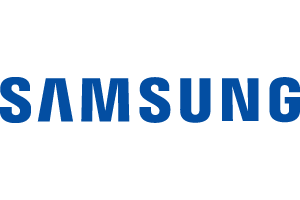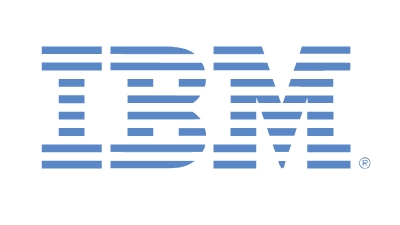Here's How U.S. Companies Can Clear European Regulatory Hurdles
Submitted by Joseph Tsidulko on

So, it's really about being able to move data within an E.U. nation's borders when necessary?
Yes. The idea that you can serve Europe as one contiguous single market from one location really limits the breadth of application. Because Interoute is Europe’s largest underlying infrastructure provider, we get you closer than anybody ever can.
How do your new U.S. facilities actually connect American firms to Europe?
Because we know networking, we’ve developed our platform to allow for integration with your existing resources with our virtual resources, a bit like if you were assigning a network ID to each element you have, and then we tie them all together.
That means as soon as you plug into our platform, all of our locations across the world appear in your system. You can burst or migrate to them over time as you like. We make sure routing is optimized and that you are running within the core of the network, so it’s very fast. Plus, you don’t have to be penalized for going big and wide, because we give you free network on the Interoute Virtual Data Center platform.
What are the market realities and opportunities prompting the expansion?
We have many European customers that are global and want to expand into the U.S. and vice versa. The U.S. market is generally further along in its cloud journey than Europe, but mainly its experience has been focusing on purely Internet based technologies such as building a big online presence. Interoute’s core constituency of customers was always enterprises with hybrid needs between private and public infrastructure. Unlike the U.S., Europe is a collection of markets, which meant we had to develop the ability for customers to have the public cloud experience by creating private or public facing infrastructure.
What technologies will be deployed in the U.S. to support the expansion?
The Interoute platform gives customers a global pool of resources with networking and computing converged. There is complete automation so customers can create new resources on the fly. We use MPLS as the basis for creating different domains, providing strong logical separation between computing pools in the form of the Interoute Virtual Data Center. An Interoute Virtual Data Center zone, like the one we’re deploying in L.A., is a pool of CPU, Disk, and RAM that customers can use to construct their own Virtual Data Centers. Our CloudStore offers a range of apps that can be deployed on top, and Interoute’s communications heritage means we offer things like Video Conferencing, Hosted Lync, and Exchange that customers can easily deploy on the same platform.






